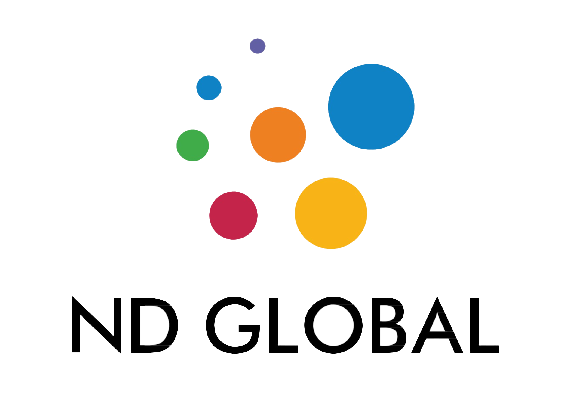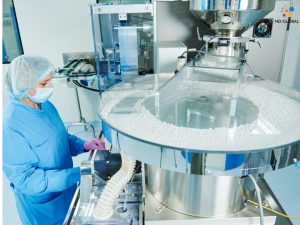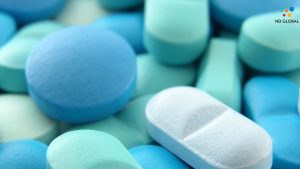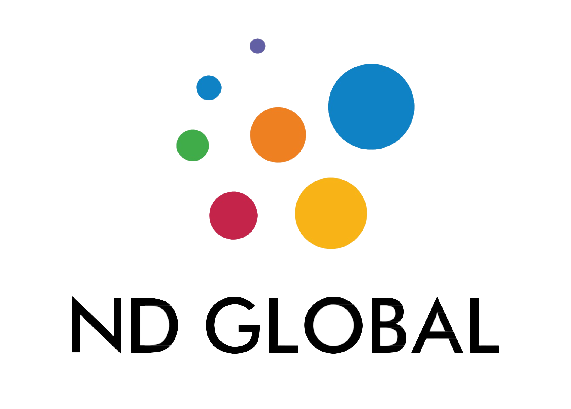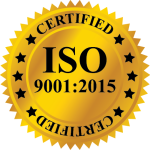Introduction – An applied strategy to confirm that a procedure is appropriate to serve as a tool for quality control is called validation. Any analytical measurement’s intent is to produce accurate, dependable, and consistent data. To do this, validated analytical techniques are essential. The components of an analytical method include the procedure, protocol, method, and methods. Accuracy, precision, linearity, LOQ, LOD, and range determination are all part of the validation process for analytical methods. An essential component of any effective analytical practice is the capacity to moderate the quality, consistency, and dependability of analytical results using the findings from method validation. Most quality standards and legislation affecting laboratories also mandate the validation of analytical procedures.
Definitions of Validation – Validation is a production and process control operation meant to ensure that the drug products have their identity, strength, quality, and purity, according to the FDA (FOOD AND DRUG ADMINISTRATION). FDA guidelines from May 1987 state that the validation package needs to include all the data and test procedures needed to demonstrate that the system and process fulfil the standards.
The Significance of Validation
- Quality Assurance
- Time-Bound
- The Optimisation of Processes and The Decrease in Quality Costs.
- Bottlenecks And Nominal Mix-Ups
- Reduced Batch Failures, Increased Productivity, And Efficiency
- A Decrease in Rejections.
- A Rise in Production.
- Steering Clear of Capital Expenses
- There Are Less Grievances Regarding Process Malfunctions.
- Decreased Testing of Both Finished Goods and Processes.
- Faster And More Dependable Startup of New Machinery
- Scaling Up from Development Work Is Easier.
- Simpler Equipment Maintenance.
- Enhanced Process Awareness Among Staff Members.
- A Faster Rate of Automation
The goals of the analytical approach are to:
- Gather genuine, dependable, and consistent data To show that the data is appropriate for the intended use.
- To establish a foundation for documented manufacturing and process management protocols, aimed at guaranteeing the distinctiveness, potency, excellence, and purity of pharmaceutical goods.
- Maintaining the efficacy, safety, and quality of the finished product.
- To oversee every stage of the production process.
- To achieve optimal analytical outcomes.
Why Validation of Analytical Methods is required?
- The validation process should be followed when doing the validation. All attributes should have procedures and acceptability criteria included in the protocol. The validation report has to provide a record of the outcomes.
- When using non-pharmacopoeia approaches, an explanation must be given. If pharmacopeia procedures are available, data such as comparisons with the pharmacopeia or other methods should be included in the justification. Standard test procedures must be thoroughly explained and ought to supply enough data to enable suitably qualified analysts to carry out the analysis in a trustworthy manner.
- For chromatographic testing, the description should,, identify the chromatographic conditions, reagents required, reference standards, equations for calculating results, and system suitability tests.
Qualities to Take into Account When Analytical Methods Are Validated:
- Accuracy is the degree to which test results agree with the true value or how closely procedure-derived results resemble the true value. It is often established using quantitatively accurate samples of the material to be investigated. It is necessary to establish accuracy over the designated range of the analytical method.
- Precision is the extent to which different outcomes agree with one another. Applying the entire process again to distinct, identical samples taken from the same uniform batch of material is recommended. It should be quantified as the relative standard deviation (RSD) and measured as the spread of individual findings from the mean (good grouping).
- Robustness, sometimes called ruggedness, is the procedure’s capacity to yield analytical results with sufficient accuracy and precision in a range of circumstances. Variations in the operational or environmental settings can impact the results obtained from distinct samples. When purposeful changes are made to the parameters of a method, robustness should be taken into account during the development process and demonstrate the reliability of the study.
- Linearity is the capacity to generate results proportionate to the sample analyte concentration. It is necessary to prepare several samples with analyte concentrations within the procedure’s stated range. If a linear relationship is found, the test findings should be assessed using the proper statistical techniques. It is recommended to use five concentrations or more.
- Range: The lowest and highest analyte levels determinable for the product are expressed as such. Studies on linearity are typically used to determine the specified range.
- Specificity, also known as selectivity, is the capacity to test the intended analyte with absolute certainty in the presence of substances that may also be anticipated to be present, such as excipients and contaminants. When determining contaminants, validating identification tests, and conducting assays, it is necessary to investigate specificity.
- The detection limit, also known as the limit of detection, is the least amount of an analyte that can be found, albeit it is not always possible to determine it quantitatively.
- Quantitation limit, or limit of quantitation, is the lowest concentration of an analyte in a sample that can be identified with reasonable accuracy and precision.
- Methods based on visual evaluation, signal-to-noise ratio, standard deviation of the response and slope, standard deviation of the blank, and calibration curve are among the non-instrumental and instrumental techniques that can be used.
Regulatory Framework for Validation of Analytical Methods:
“Establishing a documented proof, which provides a high degree of assurance that a specific process will consistently produce a desired result at its prearranged specifications and quality characteristics” is the definition of method validation given by ICH Q2 (R1).
Simply put, it is the process of demonstrating that analytical techniques support the identification, quality, purity, and potency of drug substances and products and are appropriate for the intended use of the materials. Method validation is necessary when a novel technique is created or when well-established procedures are applied by many analysts and laboratories.
The performance requirements needed to validate different techniques utilising different recommendations, including USP, ICH, FDA, and European guidelines, among others
- Per USP, the following analytical parameters are validated: range, linearity, quantitation limit, accuracy, precision, specificity, ruggedness, and robustness.
- As per the International Commission on Harmonisation (ICH), the following analytical parameters are validated: accuracy, precision, specificity, quantitation limit, detection of limit, linearity, range, system suitability, and robustness.
- The FDA states that the following analytical parameters can be validated: linearity, range, accuracy, precision, specificity/selectivity, quantitation limit detection, system appropriateness, reproducibility, sample solution stability, and robustness.
- The analytical parameters that can be validated, in accordance with European guidelines, include range, linearity, accuracy, precision, specificity, detection of limit, and quantitation limit.
- In accordance with European guidelines: accuracy, precision, specificity, quantitation limit, detection of limit, linearity, and range are the analytical parameters that can be confirmed.
The following situations call for the validation, verification, or revalidation of analytical methods:
- Prior to first use in routine testing
- When transferred to another laboratory
- Whenever the parameters or conditions (such as an instrument with different features or samples with different matrix) that the method has been validated for change.
Conclusion – The validation process is critical to ensuring the reliability, accuracy, and consistency of analytical methods in various fields, particularly within the pharmaceutical and laboratory settings. The validation of analytical methods involves a systematic approach to confirm that a procedure is suitable for its intended purpose, adhering to established standards and guidelines. Thorough validation of analytical methods aligns with regulatory requirements. It serves as a fundamental practice to achieve optimal analytical outcomes, reduce errors, enhance productivity, and ultimately contribute to analytical processes’ overall success and efficiency within diverse industries.
How ND Global can help –
- Recruitment and Placement: ND Global assists businesses in finding qualified candidates for temporary, permanent, or contract positions. We have a pool of pre-screened candidates, making it quicker for businesses to fill their staffing needs.
- Talent Acquisition: ND Global helps businesses attract and acquire top talent. We use various channels to source candidates, including job boards, social media, and industry networks.
- Specialized Expertise: ND Global specializes in different industries or job roles, providing clients with access to recruiters who understand those sectors’ unique requirements and challenges.
- Screening and Evaluation: ND Global conducts initial candidate screenings, interviews, and evaluations, saving employers time in the hiring process. This includes assessing skills, experience, and cultural fit.
- Global Reach: ND Global operates globally; it assists businesses with international staffing needs, helping them find qualified candidates in different parts of the world.
- Employment Solutions: ND Global offers a range of employment solutions, including temporary staffing, direct placement, and managed services, allowing businesses to choose the best fit for their needs.
- Market Insights: ND Global has insights into current job market trends, salary benchmarks, and industry-specific information, providing businesses with valuable data for making informed hiring decisions.
